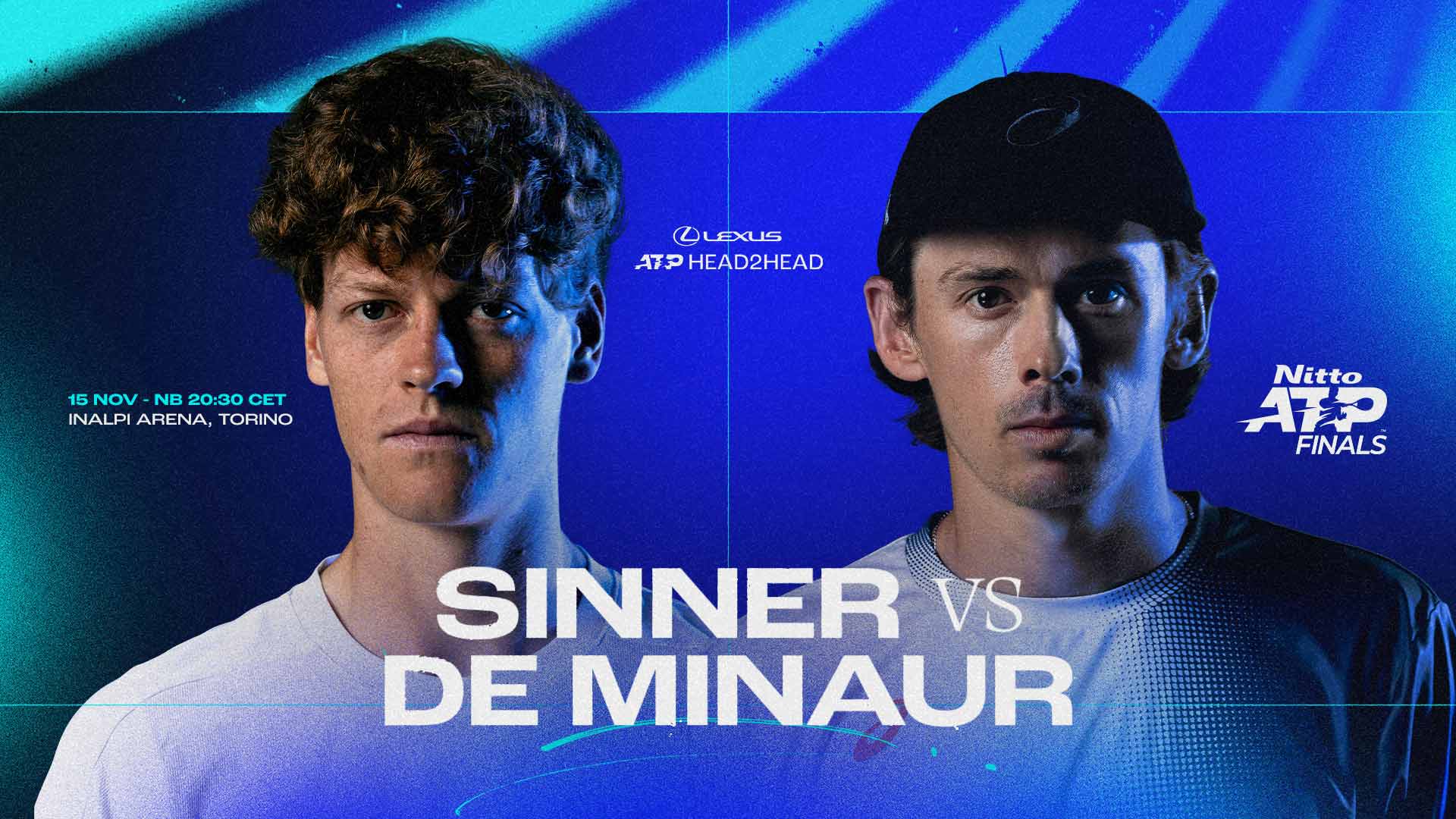Sinner’s subtle shifts in Beijing’s autumn light
Echoes of a New York defeat linger as Jannik Sinner refines his game on Beijing’s hard courts, blending tactical tweaks with renewed team support to chase elusive momentum against a resurgent rival.

Dissecting the final’s tactical echoes
Sinner’s mind has replayed those Flushing Meadows rallies endlessly, where Alcaraz’s explosive inside-out forehands carved through his defenses like autumn wind through leaves. The Wimbledon triumph in July feels distant now, a victory built on precise one–two combinations that faltered against the Spaniard’s adaptive spin and speed on New York’s grippier surface. He pores over footage, adjusting serve placement to mix wider slices with body jabs, aiming to disrupt return positions and reclaim control in crosscourt exchanges that once defined his dominance. These small changes introduce a flicker of uncertainty—unforced errors spiking in drills as he experiments with deeper underspin on backhands to vary pace against aggressive baselines. Yet the motivation surges, a forward pulse that turns reflection into action, especially with Shanghai’s Masters 1000 looming in October, where their paths might cross again under humid lights.“We’ve been reflecting a lot on that final,” Sinner said ahead of his opening match at the China Open in Beijing. “We are working on new things. We are changing a lot of small things. The amount of mistakes at the moment is for sure a little bit higher, but I hope that this recovers. it’s just a question of time. I don’t know how much I’m able to [implement changes] on the actual match court because one thing is practise and one thing is match. Let’s see. I’m very motivated. it’s great to work on something new, then we see how this ends up. We always try to move forward. One step in front is always better than two steps back. Let’s see what we can do.”
Integrating a new layer of support
Amid these on-court refinements, Sinner bolsters his foundation with physiotherapist Alejandro Resnicoff, whose 15 years traversing the ATP Tour inject seasoned stability into the team’s flow. This isn’t an overhaul but a seamless addition, drawing on past collaborations to address the physical demands of prolonged hard-court rallies that exposed vulnerabilities in New York. Resnicoff’s expertise targets endurance, ensuring the Italian’s flat groundstrokes hold firm through Beijing’s late-afternoon heat and into deeper tournament stages. The timing resonates deeply: after claiming majors at the Australian Open and Wimbledon this year, plus a 2023 Beijing title, Sinner seeks to erase last year’s final loss here to Alcaraz, who now competes in Tokyo’s ATP 500 draw. With the crowd’s murmurs building like a gathering storm, this reinforcement could sustain his drive, turning physical tweaks into sustained pressure on opponents’ serves.“He’s a very experienced physio, obviously being on the ATP Tour for 15 years,” Sinner said. “Also before he had other tennis players, so he has a lot of experience. He also respects how we are as a team. it’s not that he comes in and he changes everything. If he sees that we have or could potentially improve something for my body, he’s here to help. This is how it works. But it also takes time. I’ve worked with him a little bit in the years when I didn’t have my physio. Not as much. Obviously now having him for me, it’s a huge privilege. He’s super, super experienced.”


